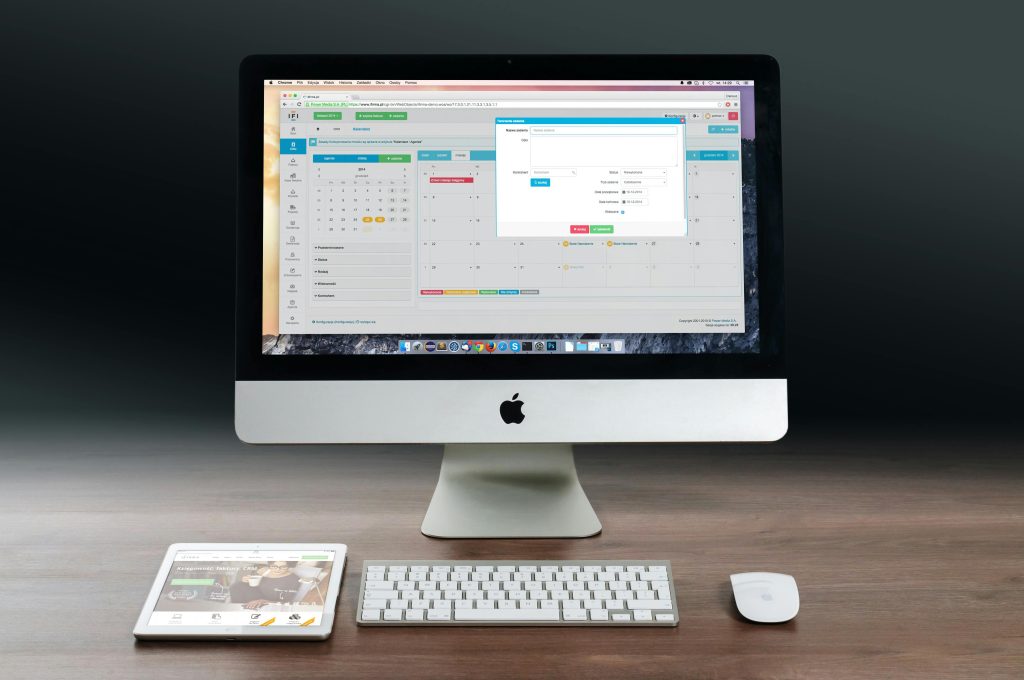
Enterprise software once focused solely on functionality, getting the job done, no matter how complex the interface or steep the learning curve. For years, clunky dashboards, dense menus, and layered workflows were seen as acceptable, even expected. Today, that paradigm is changing. In 2025, enterprise software no longer stops at utility; it embraces user experience (UX) as a core pillar of value. It’s not just about what a system can do, it’s about how people feel when they use it.
The New Standard for Enterprise UX
Modern users interact with consumer-grade apps every day, platforms that are intuitive, responsive, and even enjoyable to use. This shift in expectation is reshaping enterprise UX standards. Employees want software that helps them work smarter, faster, and with fewer frustrations. As a result, product teams prioritise experience design alongside performance, security, and scalability.
Enterprise tools now feature clean interfaces, guided interactions, personalised dashboards, and embedded intelligence that anticipates user needs. The result is a digital workspace that empowers rather than overwhelms.
Designing for the Full Spectrum of Users
In enterprise environments, users come from diverse backgrounds, roles, and digital skill levels. A modern UX strategy considers everyone, from frontline workers to data analysts to C-suite leaders. Interfaces are becoming role-based and context-aware, offering each user only the functions and data relevant to their responsibilities.
This user-centred design approach reduces friction, speeds up onboarding, and fosters confidence. Visual simplicity is paired with rich functionality, helping teams complete tasks efficiently without sacrificing power or control.
AI-Powered Assistance and Micro-Interactions
Artificial intelligence is playing a growing role in enhancing the user experience. Today’s enterprise platforms include AI-driven assistants that offer real-time suggestions, automate routine actions, and guide users through complex processes. Whether it’s generating reports, recommending actions, or summarising data, these assistants reduce cognitive load and increase productivity.
Additionally, micro-interactions, small, purposeful animations or prompts help clarify user actions and create a sense of responsiveness. These subtle design touches may seem minor, but they contribute to an overall feeling of ease and satisfaction.
Mobile-First and Omnichannel Experiences
As hybrid work environments become the norm, UX strategies extend across devices and channels. Employees move between desktops, tablets, and smartphones, expecting a seamless experience. Next-generation enterprise platforms deliver mobile-first design, ensuring full functionality and responsiveness across all screen sizes.
Whether accessing a CRM on the go or reviewing analytics in a meeting, users encounter consistent workflows, intuitive navigation, and synchronised data.
Accessibility and Inclusivity by Design
Inclusive design is essential in modern enterprise UX. Software is now built to meet accessibility standards from the start, supporting screen readers, keyboard navigation, and adaptive interfaces. Multilingual support, customisable layouts, and flexible colour schemes make enterprise tools more welcoming to all users.
Inclusivity enhances not only user experience but also team performance, ensuring every employee can engage fully with the technology they rely on.
Emotional Design: Creating Software People Enjoy
The best enterprise UX doesn’t just remove pain points, it creates moments of delight. Emotional design elements, such as subtle animations, warm tone of voice, and clear feedback loops, help software feel more human. This approach builds trust, increases engagement, and even boosts morale.
When users feel understood and supported by their tools, they are more likely to adopt them fully, explore their capabilities, and become digital champions within the organisation.
Conclusion: UX as a Strategic Imperative
In 2025, UX is not an afterthought, it’s a strategic advantage. Organisations that invest in user-friendly enterprise software see measurable benefits: faster onboarding, reduced support costs, higher productivity, and increased employee satisfaction.
As enterprise platforms evolve, the bar for user experience (UX) will continue to rise. The future of work is digital, and that future demands systems that are not just functional but truly enjoyable to use.

Leave a Reply